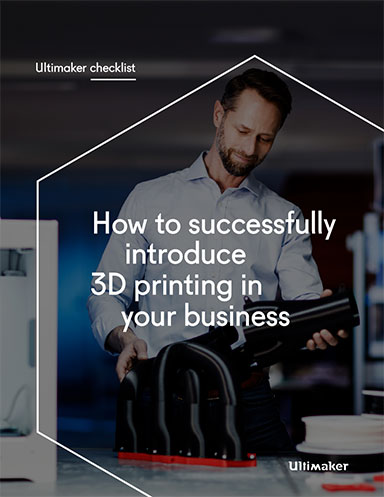Impossible Objects Enters Joint Agreement to Make 3D Printing Materials
Collaboration will create specialized materials tailor-made for composite-based additive manufacturing.

Solder pallets in Carbon Fiber/PEEK and Fiberglass/PEEK produced with the Impossible Objects CBAM-2 printer. Image courtesy of Business Wire.
Latest News
May 25, 2021
Impossible Objects have announced a joint development agreement with Owens Corning to develop new materials for Impossible Objects’ composite-based additive manufacturing (CBAM) process.
The collaboration with Owens Corning will enable the production of stronger parts at costs lower than other 3D printing processes, companies say.
“Owens Corning is committed to the development of composite materials and their applications,” said Dr. Chris Skinner, vice president of Strategic Marketing, Composites, Owens Corning. “We seek to be at the forefront of new processing and new applications involving Composites.
“We have found the Impossible Objects technology and know-how potentially transformative for the conversion of some applications to composites,” Skinner. “Because we believe it can be successful and deliver value to the market and our customers, we’ve entered into a joint agreement to support the development further.”
“Our CBAM process is a revolution in 3D printing, with faster speeds, better material properties and wider material selection,” says Robert Swartz, chairman and founder of Impossible Objects. “This collaboration with Owens Corning will allow us to quickly experiment with and refine new materials to significantly lower cost and bring unprecedented options for additive manufacturing.”
By combining high-performance polymers like Nylon and PEEK with carbon fiber and fiberglass nonwoven materials, parts printed with Impossible Objects machines are strong, light, have dimensional accuracy and have temperature performance. The CBAM process can use a variety of materials including carbon fiber and fiberglass paired with PEEK, PA 6, PA 12, elastomerics and most other thermoplastics.
By bringing together Impossible Objects’ CBAM process and Owens Corning’s fully integrated glass nonwoven manufacturing capabilities, the joint development agreement will allow the scaling of the CBAM process to industrial scale, enabling it to compete with other high-volume manufacturing methods like injection molding. The CBAM process can eliminate long lead times and tooling costs, while enabling mass customization of parts, the company says. CBAM also allows for the combination of parts.
Owens Corning is the latest materials leader to join forces with Impossible Objects to enable the development of the CBAM process. In May 2019, the chemical company BASF entered a collaboration with Impossible Objects to 3D print high-performance carbon fiber-PA6 composite parts for the first time. Also in 2019, TIGER Coatings began work with Impossible Objects for the development of thermoset-based 3D printed composites.
To learn more, this video explains how CBAM works.
Sources: Press materials received from the company and additional information gleaned from the company’s website.
Subscribe to our FREE magazine, FREE email newsletters or both!
Latest News
About the Author
DE’s editors contribute news and new product announcements to Digital Engineering.
Press releases may be sent to them via [email protected].






